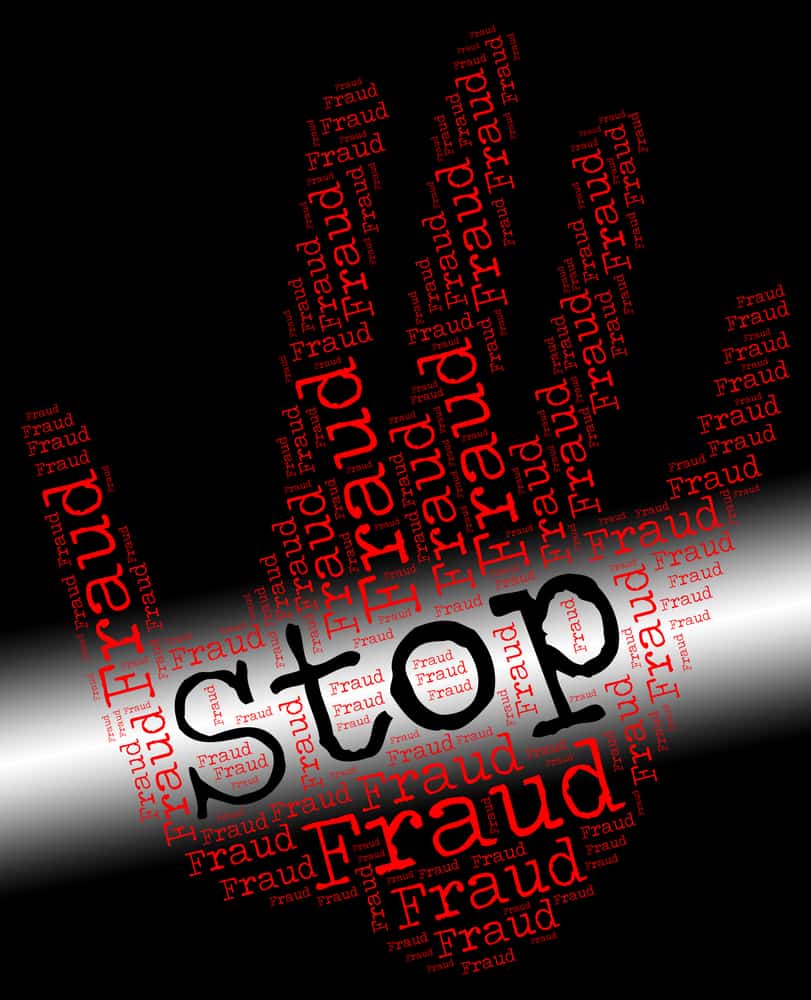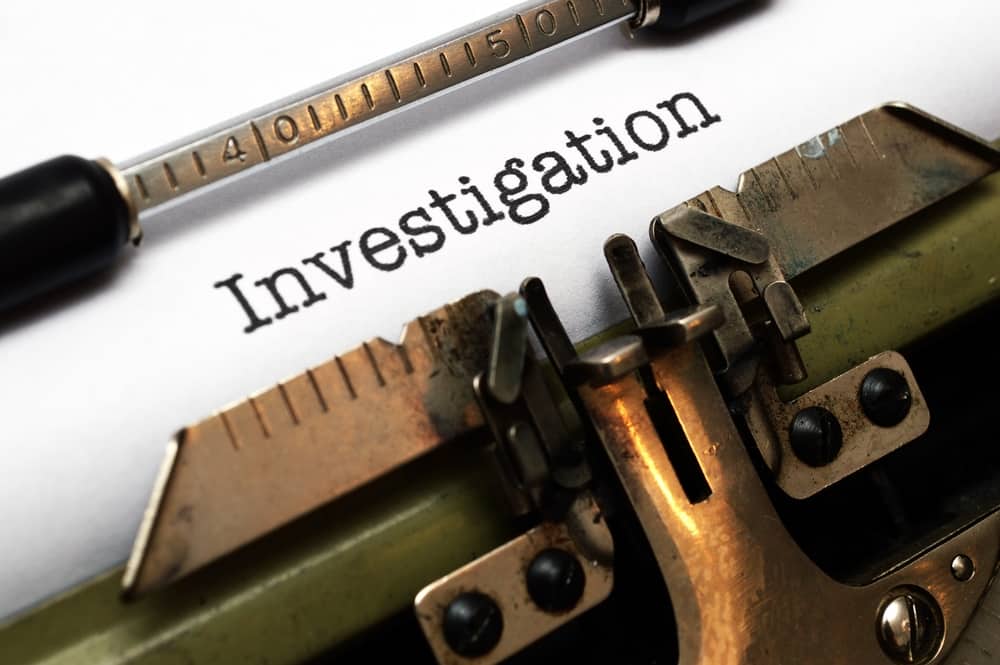The National Insurance Crime Bureau estimates that workers’ compensation fraud costs employers, insurers, third-party administrators and other interested stakeholders over $7 billion per year. Fraud is not only illegal, but is an unnecessary tax on everyone. This includes a negative impact on those workers’ compensation was designed to help—providing medical care and treatment, rehabilitation services and monetary benefits to the injured employee. Spotting fraud is something that requires teamwork and coordination between all interested parties.
Identifying Fraud in Workers’ Compensation
Fraud is something that takes place every day. It occur in all workplaces and is not limited to “the bad employee.” Due to these considerations, employer representatives and members of the claim management team should be mindful of it anytime there is the report of a workplace injury.
Common red flags for workers’ compensation fraud include:
- Unwitnessed or unexplained injuries and incidents;
- Injuries that have a mechanism inconsistent with the alleged mechanism;
- History of claims and litigation concerning personal injury and other workers’ compensation claims;
- Injuries that coincide with work stoppages and strikes;
- Financial strains and economic downturns;
- Inconsistent injury reports;
- Lack of cooperation by the employee and witnesses associated with an injury report; and
- Employees new to the labor market;
- Injuries that occur on Monday mornings or immediately following a longer holiday weekend.
There are several common these in the above scenarios. This includes the opportunity for the employee to experience an injury outside of work and later report a work incident. In other instances, there is a hidden incentive for the employee to claim an injury for gain.
Best Practices for Fighting Workers’ Compensation Fraud
The issue of fraud is something that should concern everyone within the workers’ compensation system. This not only includes members of the claim management team and insurance industry, but workers themselves. Creating a positive environment within the workplace can help stop fraud and encourage all interested parties to be vigilant.
Employers and their representatives must also take an active role. There are many ways they can do to fight fraud. This can include educating the workforce about how fraud impacts the bottom line of their company and all employees. Other steps include:
- Establish and enforce policies that punish those who engage in fraudulent activities;
- Educate all employees about the workers’ compensation process. This includes easy access to information on state laws concerning work injury reporting and company policies on employee expectations when dealing with an injury or incident;
- Coordinate with mangers and human resources professionals on the prompt investigation and documentation of all workplace injuries. This includes a review of all incidents for possible fraudulent activities; and
- Ongoing communication with the injured worker and claims professionals following a work injury.
Members of the claims management team also play an important role in snuffing out fraud. There are a number of things they can do to assist in fraud detection and prevention. This includes:
- Conducting a complete investigation on all claims. This includes the assessment of claims for warning signs of possible fraud;
- Explore alternative methods of investigation in claims. An ethical review of all social media outlets is important; and
- Use of surveillance in claims defense and fraud investigation. This method of discovery can be expensive as use of a private investigator should be over a period of days rather than a one-time occurrence.
Author Michael Stack, Principal, COMPClub, Amaxx LLC. He is an expert in workers compensation cost containment systems and helps employers reduce their work comp costs by 20% to 50%. He works as a consultant to large and mid-market clients, is co-author of Your Ultimate Guide To Mastering Workers Comp Costs, a comprehensive step-by-step manual of cost containment strategies based on hands-on field experience, and is founder of COMPClub, an exclusive member training program on workers compensation cost containment best practices. Through these platforms he is in the trenches on a working together with clients to implement and define best practices, which allows him to continuously be at the forefront of innovation and thought leadership in workers’ compensation cost containment. Contact: mstack@reduceyourworkerscomp.com.
©2016 Amaxx LLC. All rights reserved under International Copyright Law.
Do not use this information without independent verification. All state laws vary. You should consult with your insurance broker, attorney, or qualified professional.














I used to do medical billing for worker’s comp claims and I was always impressed how many times insurers would catch the fraudsters. Now it seems they just pay out because it’s cheaper than paying someone to figure out the fraud at least from the health care provider standpoint because of payout rates. Auto insurance companies would often pay 100% of the bill without “adjustments” which made them better investigators because they had more to lose for fraud.